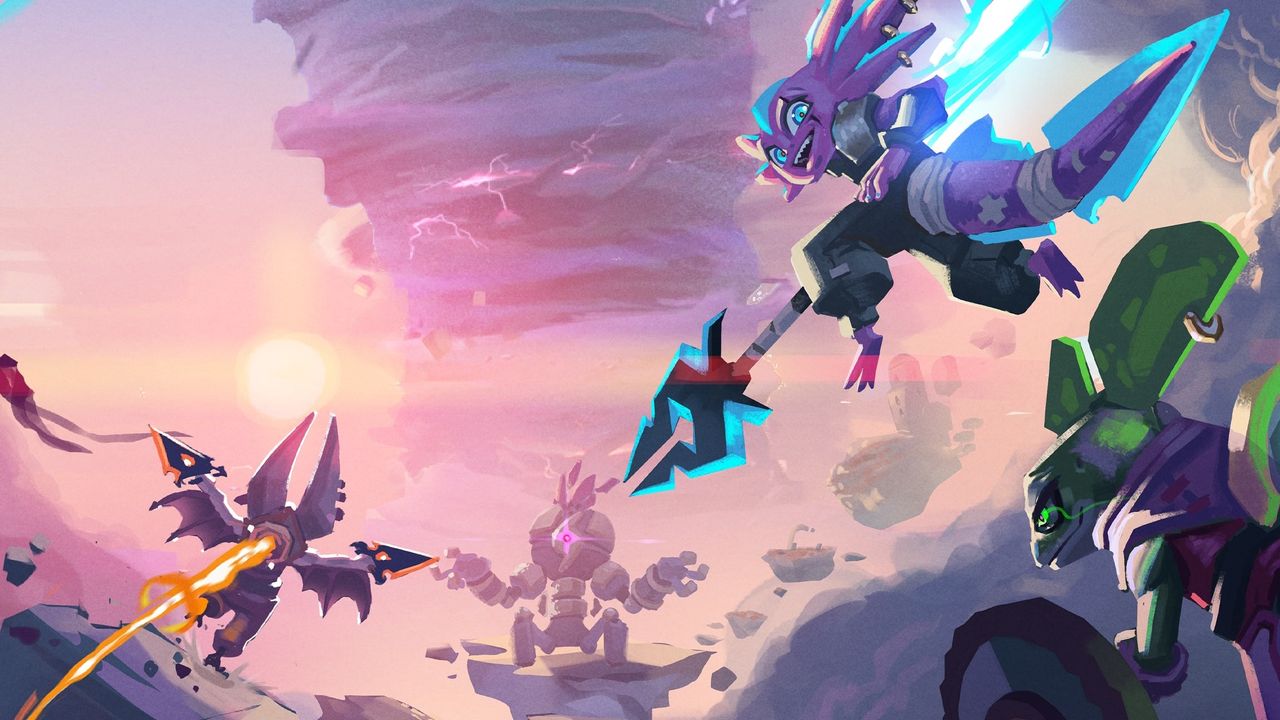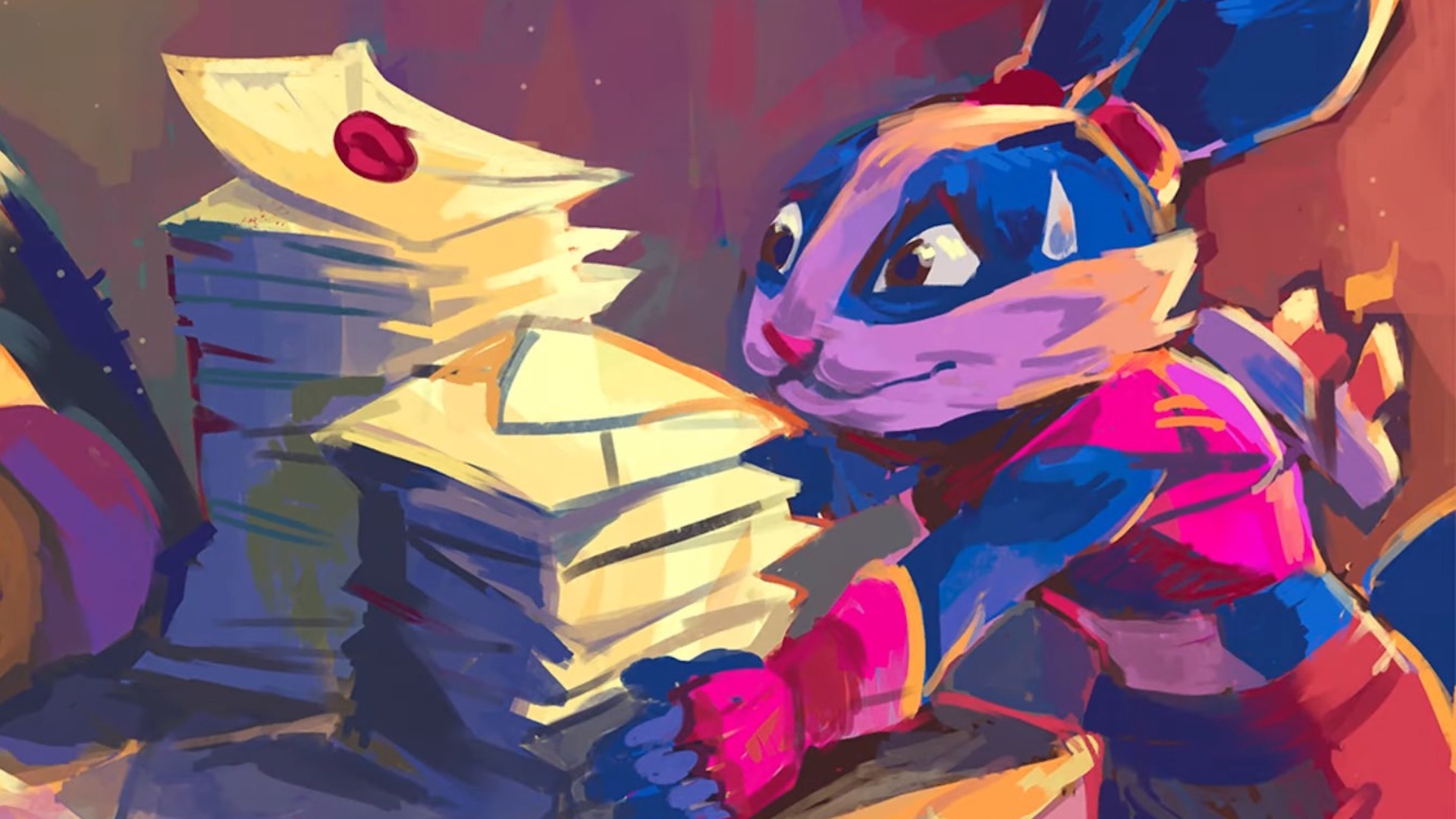
Following the early access release and success of Dead Cells, developer Motion Twin returned to Steam early access last year for its latest action roguelike, Windblown, which is set to leave early access in 2026. The team always planned to do early access again, designers Yannick Berthier and Thomas Vasseur tell GamesRadar+, and also understood that standards have gone up since the early days of Dead Cells, in part thanks to runaway early access hits like Hades.
With more games coming out each year, and with the same few evergreen games absorbing more player attention and money, it can be harder for games to cut through the noise and reach players. One consequence of this is rising standards. If you only have time or money for a few games, but you have, conservatively, 15,000 games to choose from, you're going to be more selective.
This may impact early access games, openly sold as incomplete works meant to be finished in collaboration with players who offer feedback based on the current build, especially sharply. At this point, to most players, an early access launch is just another game launch with the promise of more stuff to come, not an accepted excuse for massive technical issues or design holes.
I asked the Windblown designers how they view early access expectations today. Berthier says "the expectation is higher now than it was, like, five, six years ago, in terms of overall amount of content and polish in all cases." With that in mind, Motion Twin's goal for the initial Windblown launch was to release something that felt finished, even if it wasn't actually finished – something Vasseur calls "a real game."
"We never approached early access as a full test lab, like we could just release a prototype," Berthier says. "Windblown was already a game that was quite advanced into its development when we launched the early access. So that's important, that you start with a basis that is release-ready. So you don't have all of the content, you don't have all of the story, and maybe you will tweak some of the systems, but I would say the core formula is there and is good enough to be put in players' hands. I think, really, you should be starting with that. Otherwise it might be complicated."

Vasseur argues that "the key point is to not make a paid demo for the players. They really want a real game. Even if it's not finished, the content has to be like it's finished, even if it's not. The small content you have at the beginning should be perfect for them. If not, this is a paid demo, and no one is happy with this. So I guess, yes, the expectations are very, very high right now with a lot of games in the past, like Hades, with a lot of quality at the beginning of the early access, so you have to make something that stands out."
Berthier notes that "you will have players that will complain that the game is lacking some content or is not fully finished. There is a bit more, I think, now, but that's fair because, in a way, they are buying the game. So it's up to us to catch up with their expectations. But we are only nine people, where we were seven for most of the production. It's always, always tough to catch up with what they want, because they always want more, right?"
Windblown has been trucking along pretty comfortably in early access, amassing over 8,000 89% positive user reviews on Steam. Berthier and Vasseur mentioned overhauls to the game's co-op death mechanic, which was once much more punishing, and its two-weapon "Alterattack" system as standout changes driven by player feedback.
"If what you release at the start of the Early Access is really not good, that can be a real issue," Berthier says. "We saw some studios that struggled quite a lot when they started early access because people didn't like what they made, and after that, it's really difficult to change their mind. And also, if you got bad reviews, that can have obviously an impact on the game. Thankfully, we didn't have those struggles on Windblown. It has been an overwhelming positive for us, the feedback so far."







